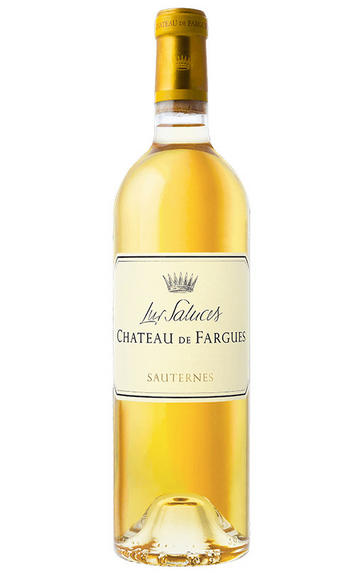
2008 Château de Fargues, Sauternes, Bordeaux
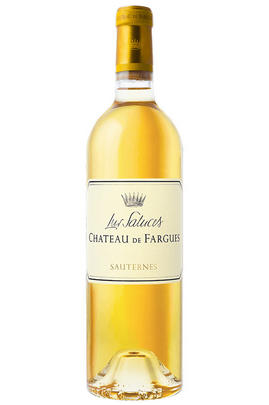
Critics reviews
Candied ginger, cloves, truffles, rich concentrated exotic fruits, pineapple and passion fruit. Great quality, this is a wine that levitates over the palate, all the while pulling you down to be seduced. It remains extremely young, elegant but gourmet. A vintage that is sometimes lost among the successes (for Sauternes) on either side), but it is worth seeking out, and is extremely enjoyable. 20% new oak, and a vintage where frost reduced the crop by 20%, down to around 8hl/h. François Amirault winemaker.
Drink 2022-2038
Jane Anson, JaneAnson.com (April 2022)
Tasted blind. Round, intense and satisfying. Not the most refreshing but with integrity and length. Preserved peaches. Good freshness of fruit. Long.
Drink 2016-2030
Jancis Robinson MW, JancisRobinson.com (March 2018)
Tasted single blind against its peers. Whereas last year the de Fargues 2008 was immediately forthcoming, a few months later this example demands much more coaxing from the glass. Eventually, it reveals scents of dried pineapple, limestone and a touch of cooking apple with some VA notes lending it a bit of a kick. The palate is medium-bodied with a mellifluous texture. It is very well-balanced with a tangible sense of tension from start to finish, attractive notes of dried honey and quince interlacing the long structured finish. This constitutes a serious Sauternes for the serious Sauternes-lover. Tasted January 2012.
Neal Martin, Wine Advocate (January 2012)
This harnesses the steely, nervy quinine edge of the vintage and buries it nicely in a core of lemon chiffon, shortbread and honeysuckle notes. The pure finish shows a nice sweet-sour interplay and fine length. This could age on a fairly slow track. Best from 2014 through 2024. 830 cases made.
Drink 2014-2024
James Molesworth, Wine Spectator
Bright yellow-gold. Captivating aromas of pineapple, quince, ripe peach, spices, hazelnut and vanilla. Large-scaled, honeyed, rich and full but with a light touch owing to very nicely integrated acidity. A very sweet style, displaying hints of tropical fruit and good saline grip. This glyceral, chewy wine really melts into the palate like sake on the very long finish.
Stephen Tanzer, Vinous.com (May 2010)
About this WINE
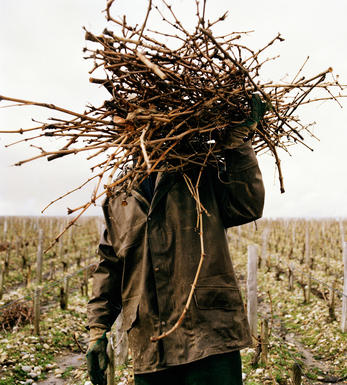
Chateau de Fargues
Château de Fargues has been owned by the Lur-Saluces family since 1472. The family owned d`Yquem until 1999 and de Fargues is known by some critics as d`Yquem jnr. The same winemaking techniques are use at both properties and de Fargues often matches d`Yquem in terms of power and intensity.
De Fargues's 15 hectare vineyard is situated 4 kilometres southeast of d`Yquem and is planted with 80% Sémillon, and 15% Sauvignon Blanc. Yields are minute (lower even than d`Yquem) and the grapes are harvested in as many as 12 separate "tries". The grapes are fermented and the wine is subsequently aged for 3 years in one-year-old oak bariques that were previously used at d`Yquem.
De Fargues's production is small with sometimes only 500 cases a years being produced. The wines require at least 10 years of bottle ageing before they should be approached.
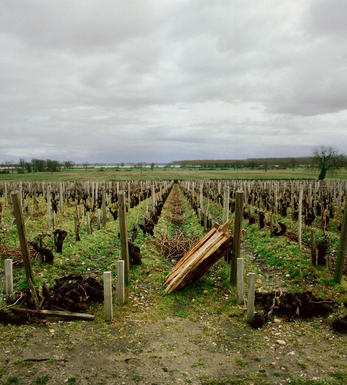
Sauternes
Sauternes is where arguably the world's finest sweet white wines are produced. The Sauternes appellation actually consists of five communes: Barsac, Preignac, Bommes, Fargues and Sauternes itself. Barsac is also an appellation in its own right.
Sauternes literally has an atmosphere different from any of the other major communes. At the southern tip of the Graves,close to the Garonne, not only is the land hillier and decidedly more bucolic but it also enjoys a specific mesoclimate of evening autumn mists which linger until well into the following day, unless burnt off by warm sunshine.
The mists are caused by the cool, spring-fed waters of the Ciron River meeting the warmer tidal Garonne, and the result is an ideal environment for the growth of the mould botrytis cinerea. When its arrival is felicitous, it feeds on the water in the ripe grapes, dehydrating them and leaving sweet, shriveled fruit.Other regions in Bordeaux (ie Cadillac, Loupiac) produce wines in a similar style from the same method, but none achieve the profundity and complexity of Sauternes.
Recommended Châteaux : Ch. D'Yquem, Ch. Climens (Barsac), Ch. Suduiraut, Ch. Rieussec, Sigalas- Rabaud, Ch. Coutet (Barsac), Ch. de Fargues, Ch. Lafaurie-Peyraguey, Ch. Doisy-Védrines (Barsac), Chateau Partarrieu, La Tour Blanche
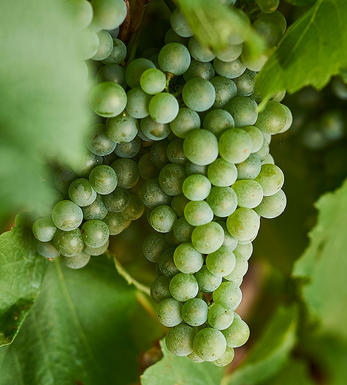
Sauvignon Blanc & Sémillon
The blend used for White Graves and Sauternes and rarely encountered outside France. In the great dry whites of Graves, Sauvignon Blanc tends to predominate in the blend, although properties such as Smith Haut Lafite use 100% Sauvignon Blanc while others such as Laville Haut Brion have as much as 60% Sémillon in their final blends. Sauvignon Blanc wines can lose their freshness and fruit after a couple of years in bottle - if blended with Sémillon, then the latter bolsters the wine when the initial fruit from the Sauvignon fades. Ultimately Sauvignon Blanc gives the wine its aroma and raciness while Sémillon gives it backbone and longevity.
In Sauternes, Sémillon is dominant, with Sauvignon Blanc playing a supporting role - it is generally harvested about 10 days before Sémillon and the botrytis concentrates its sweetness and dampens Sauvignon Blanc`s naturally pungent aroma. It contributes acidity, zip and freshness to Sauternes and is an important component of the blend.


Buying options
Add to wishlist
Description
Candied ginger, cloves, truffles, rich concentrated exotic fruits, pineapple and passion fruit. Great quality, this is a wine that levitates over the palate, all the while pulling you down to be seduced. It remains extremely young, elegant but gourmet. A vintage that is sometimes lost among the successes (for Sauternes) on either side), but it is worth seeking out, and is extremely enjoyable. 20% new oak, and a vintage where frost reduced the crop by 20%, down to around 8hl/h. François Amirault winemaker.
Drink 2022-2038
Jane Anson, JaneAnson.com (April 2022)
wine at a glance
Delivery and quality guarantee